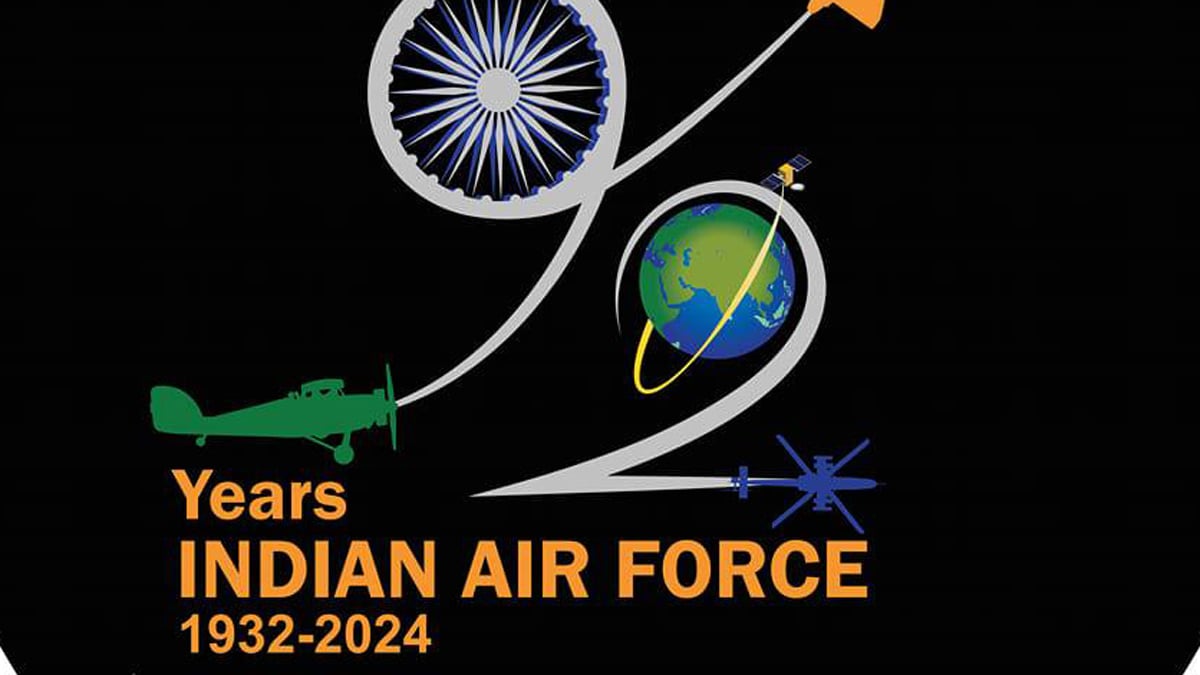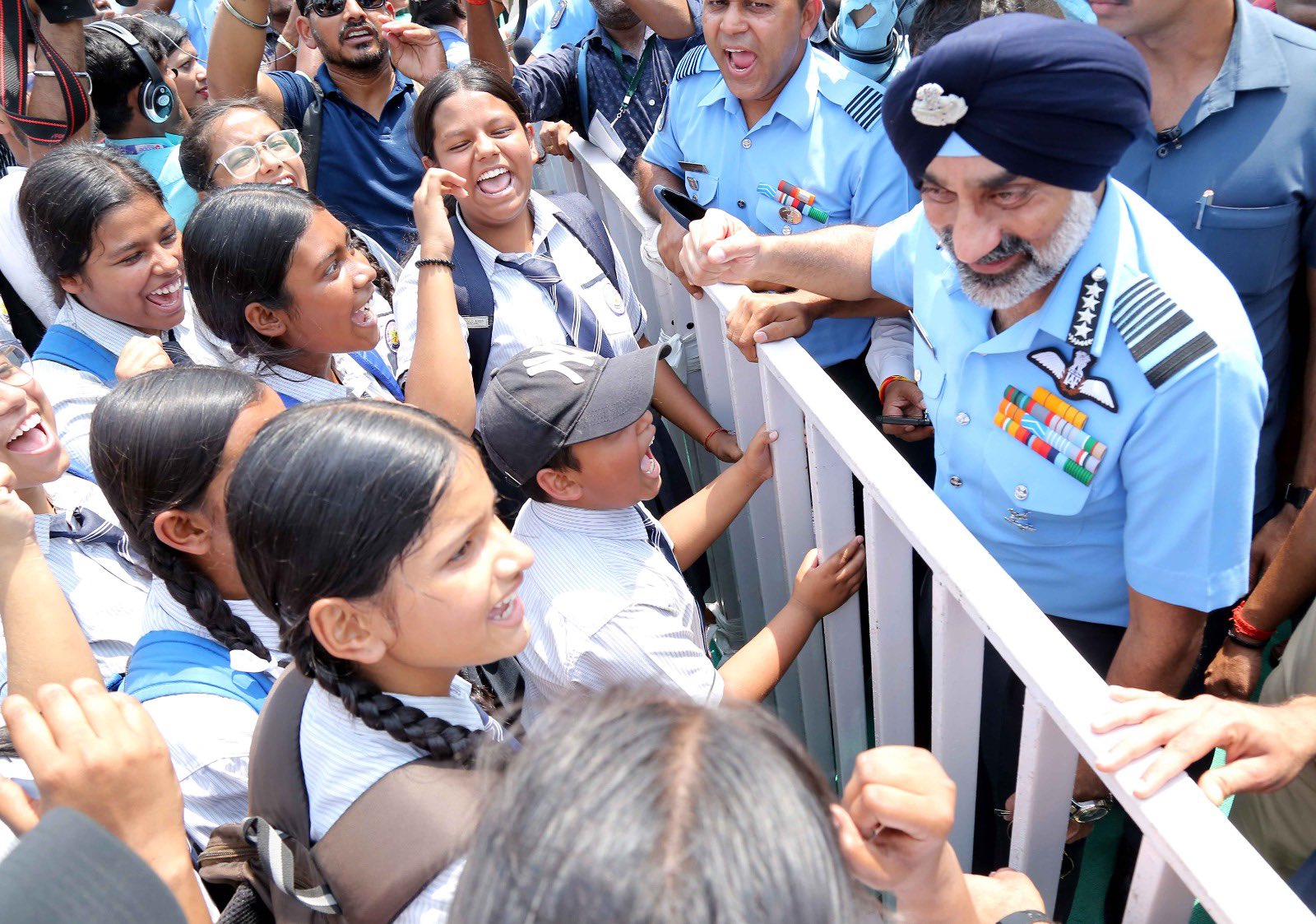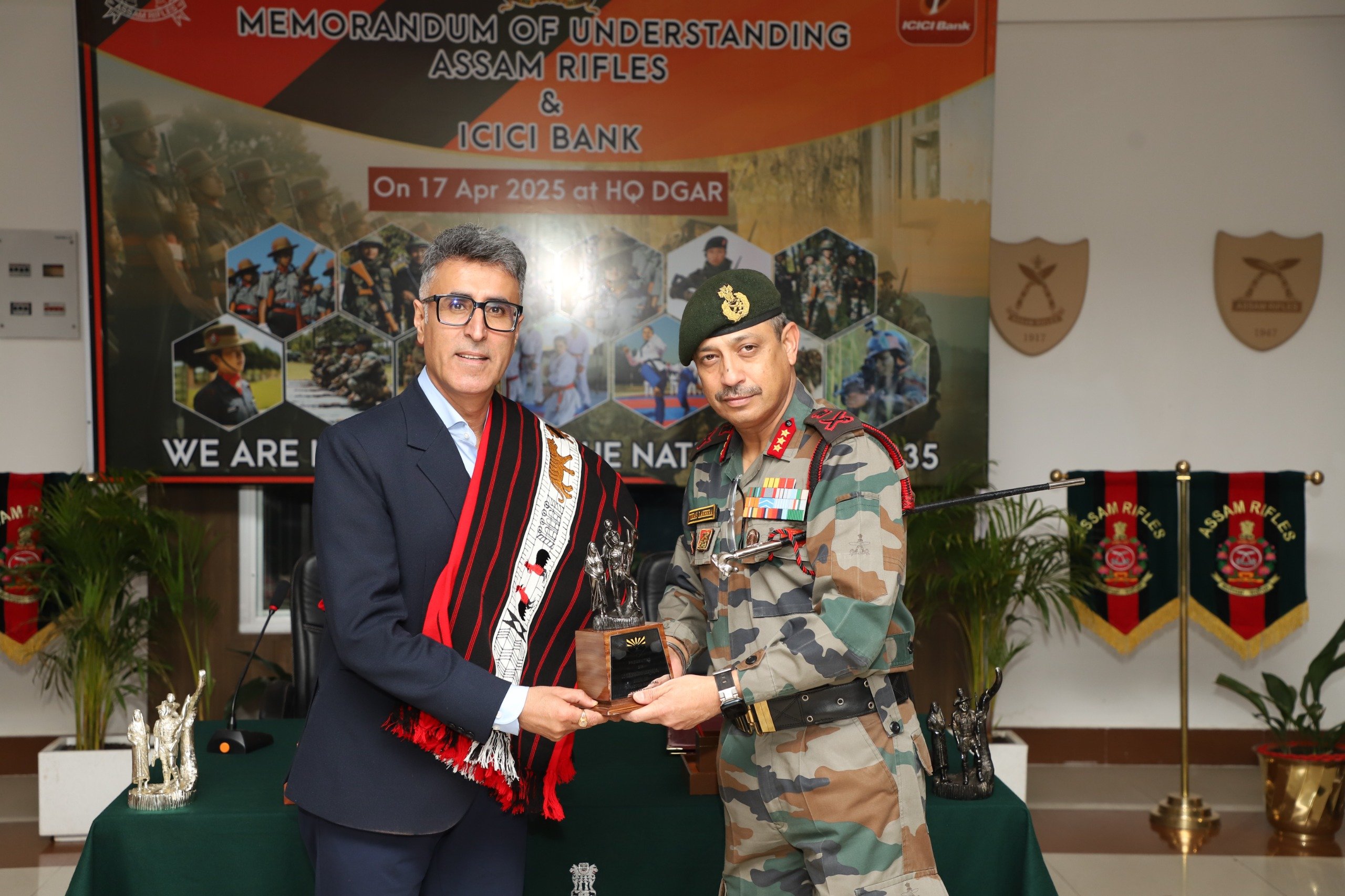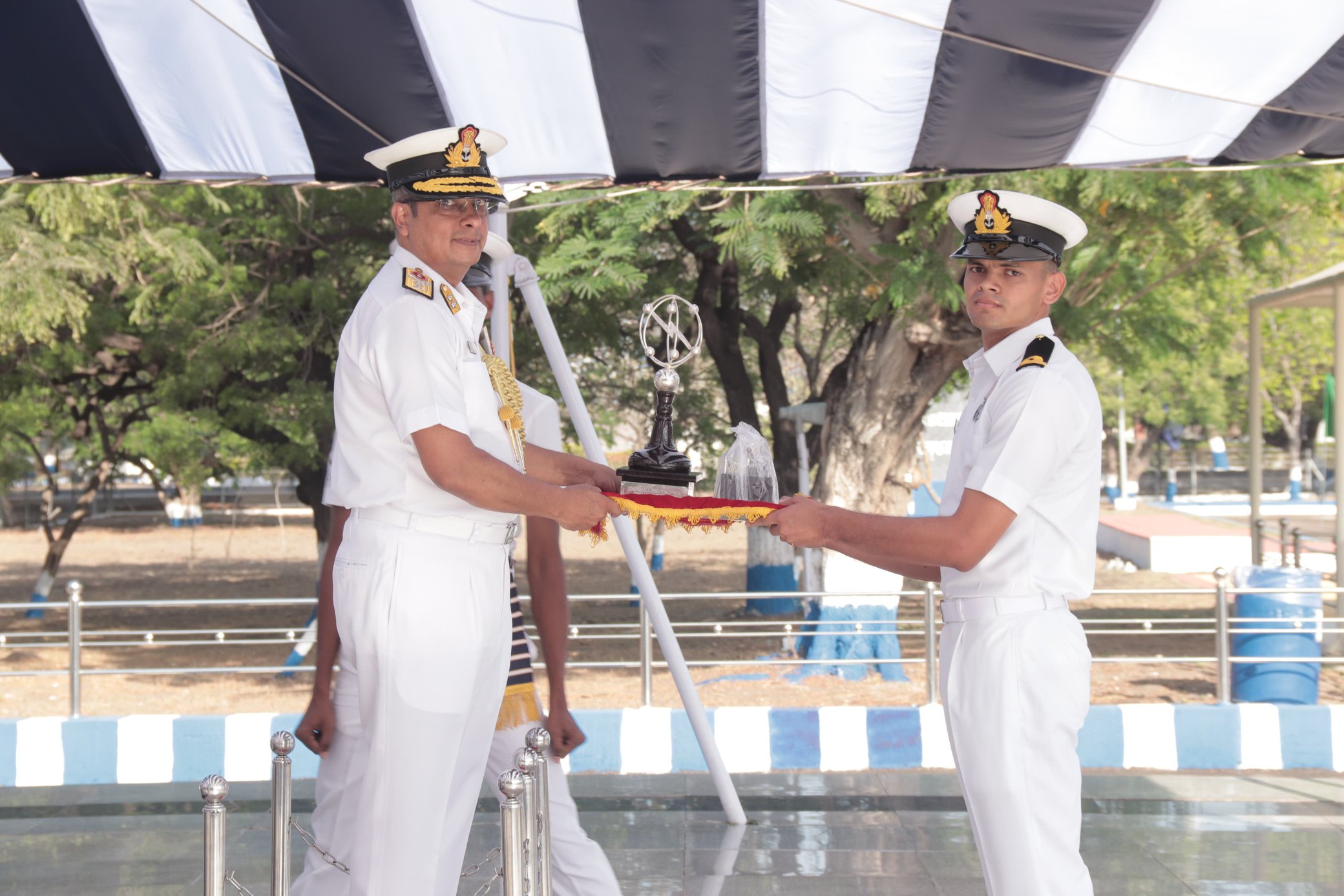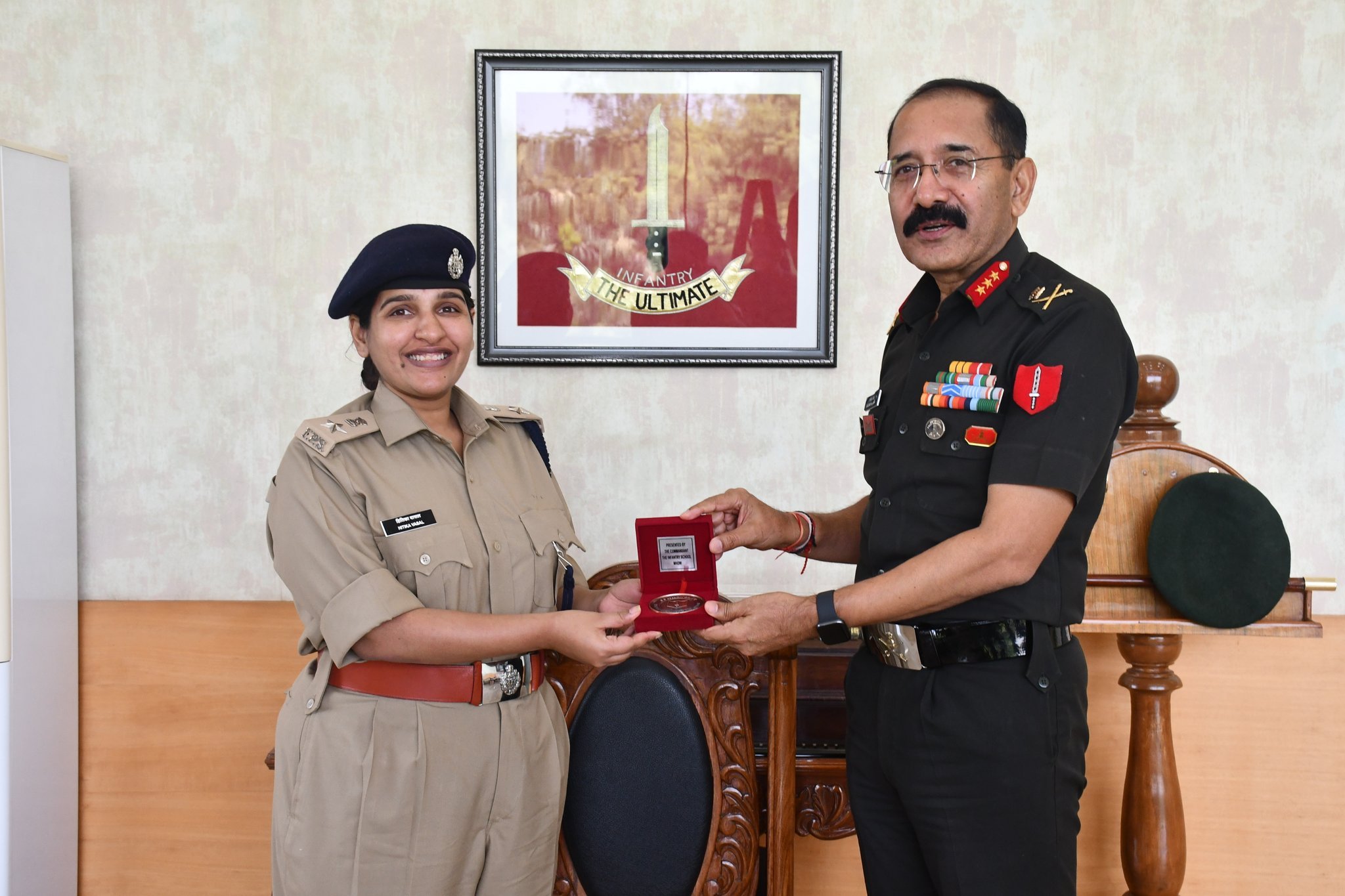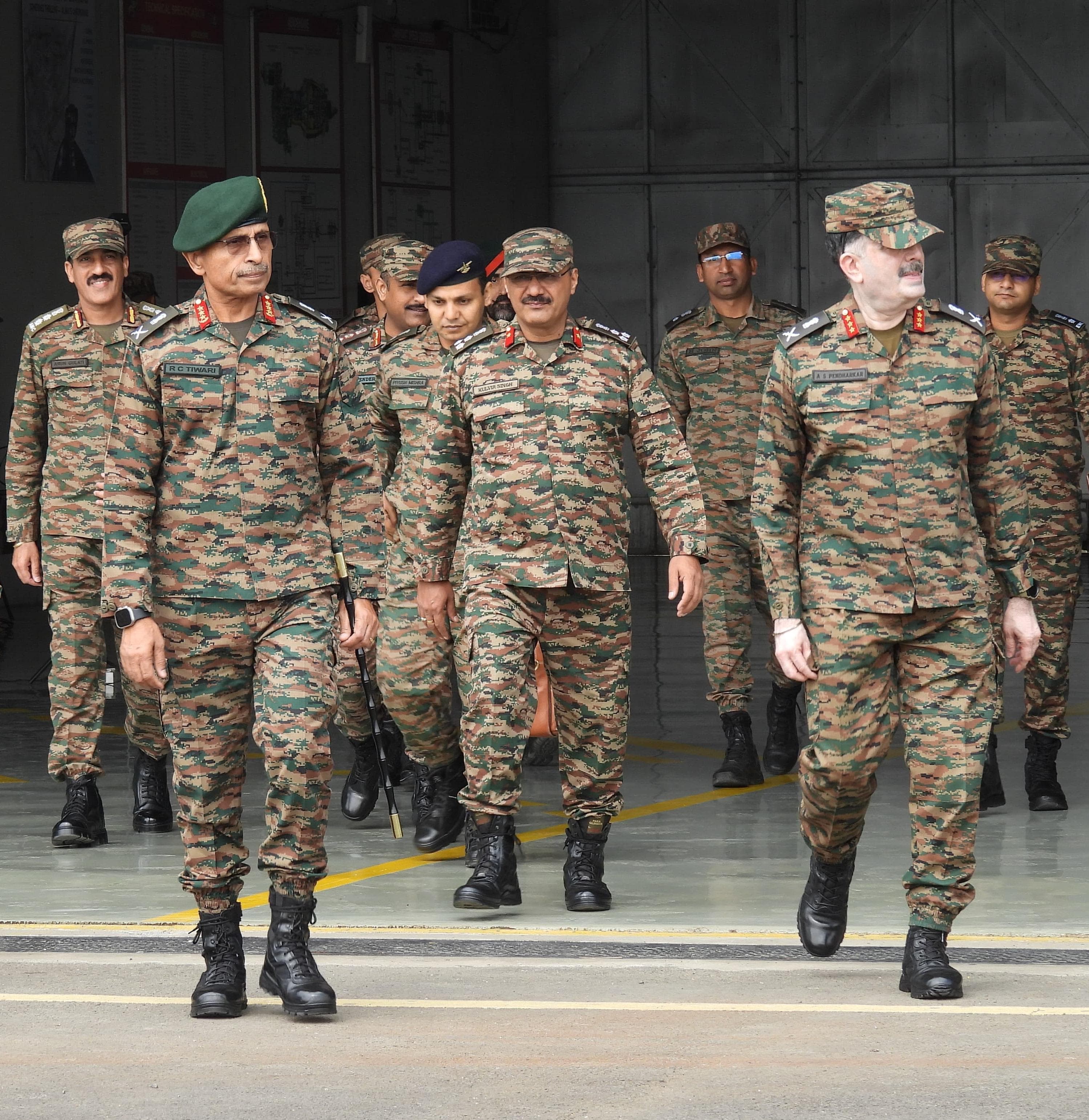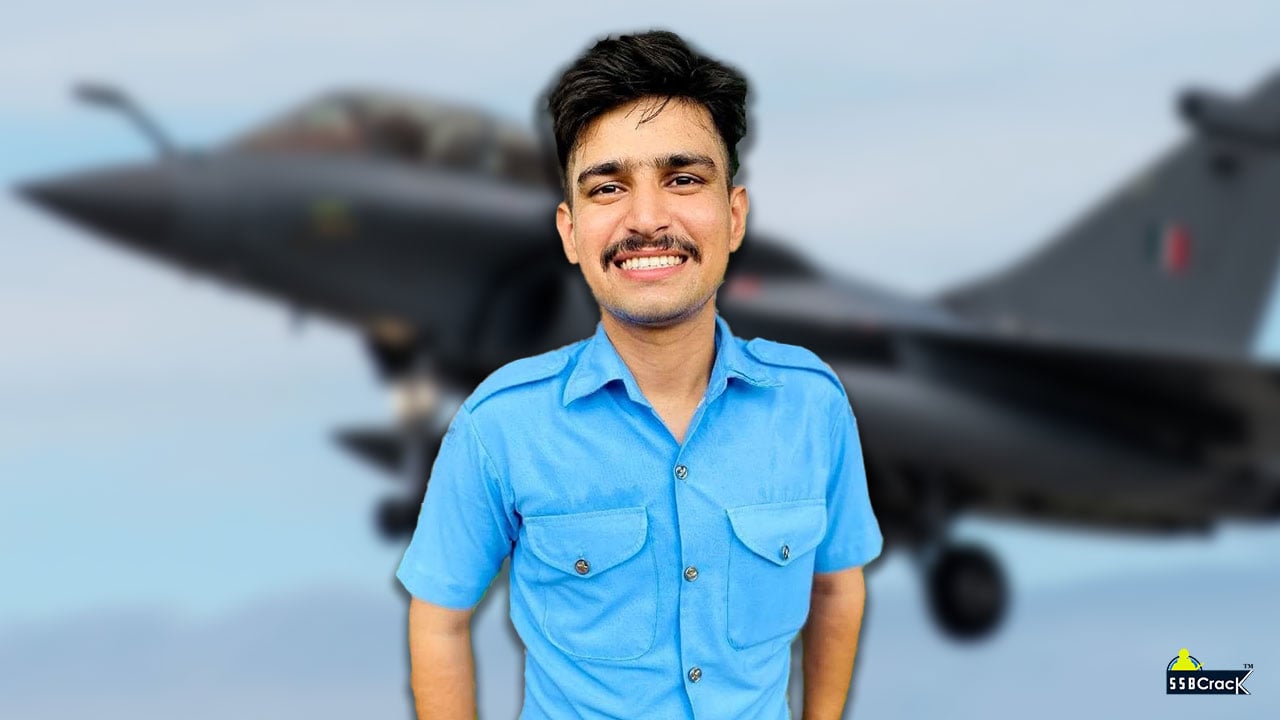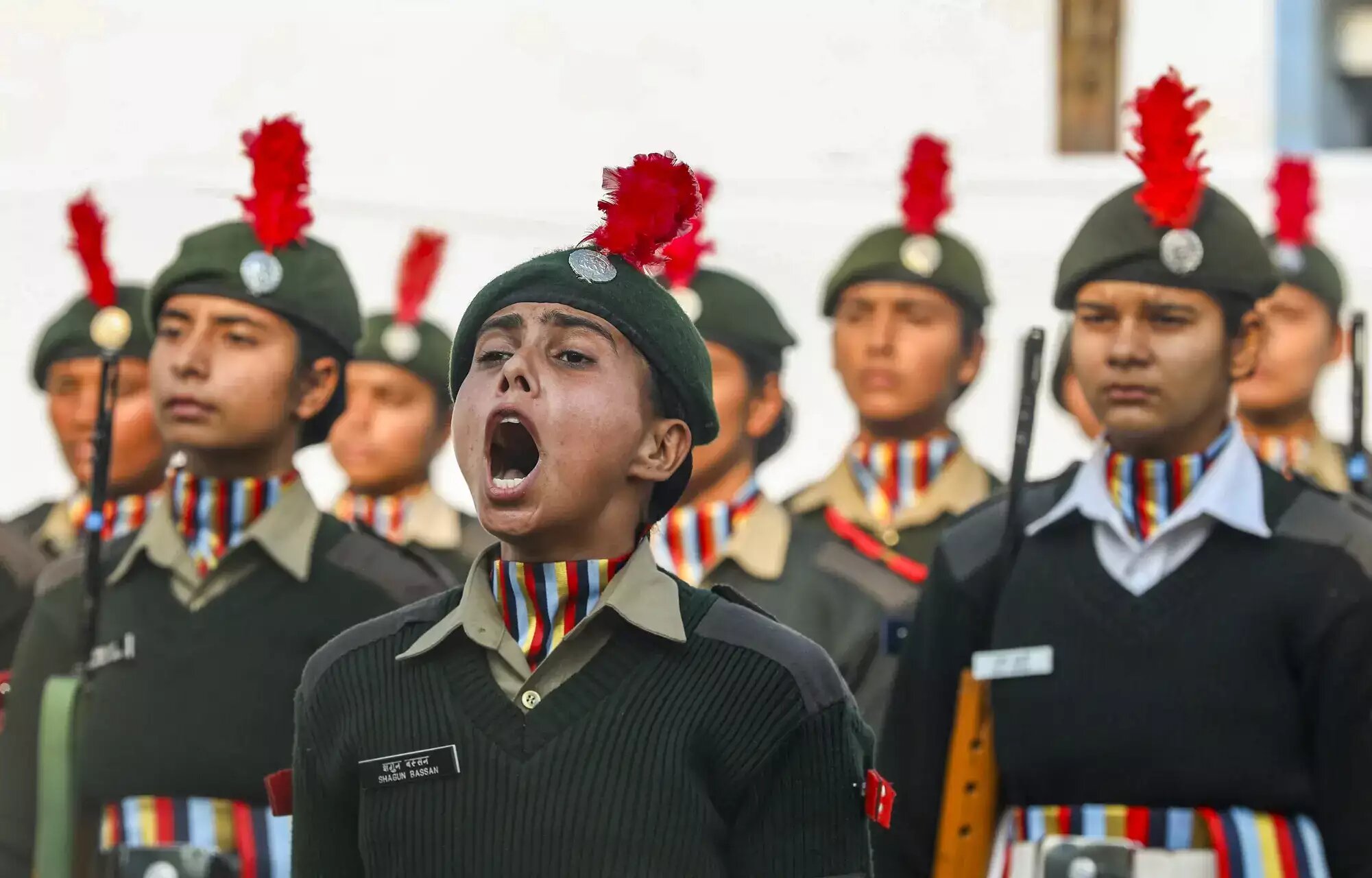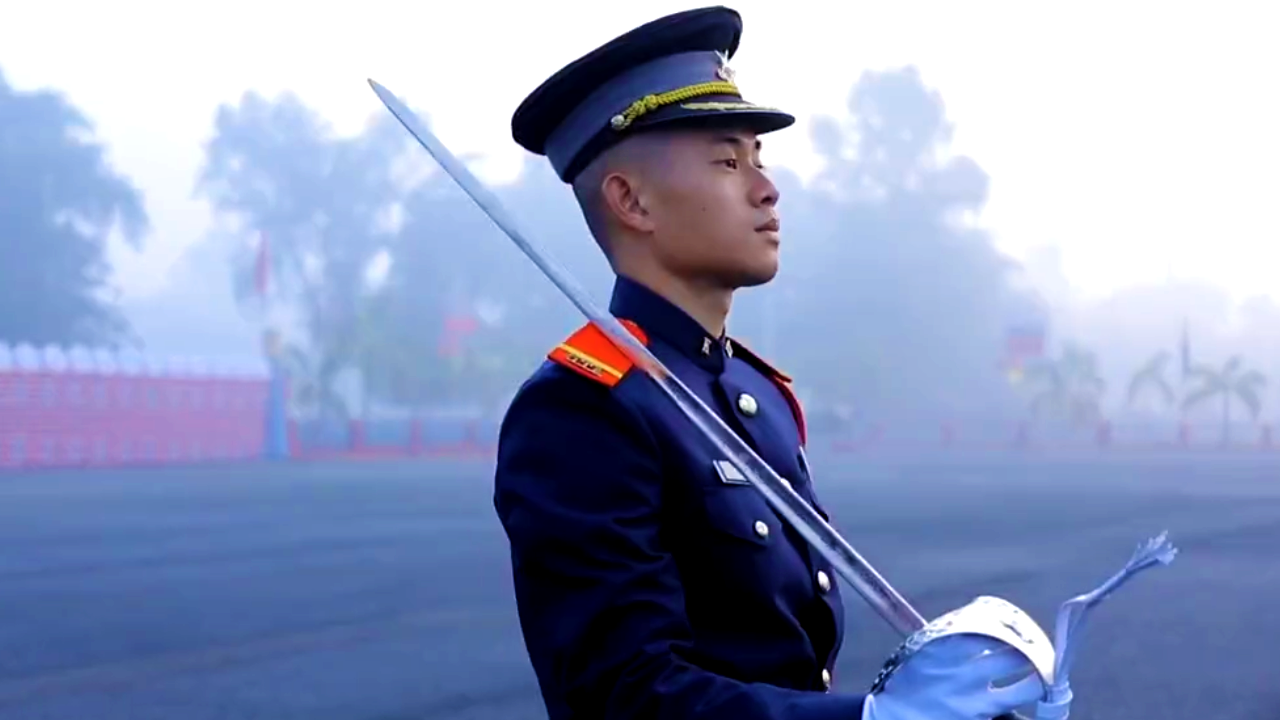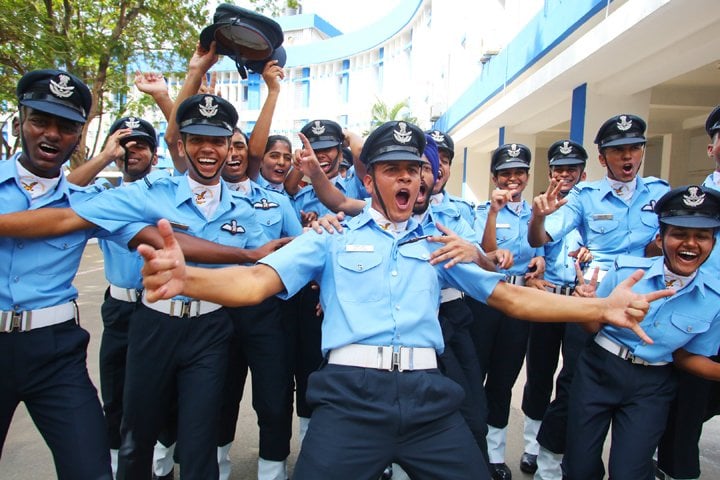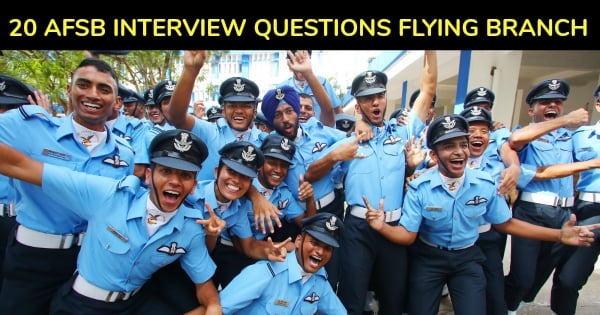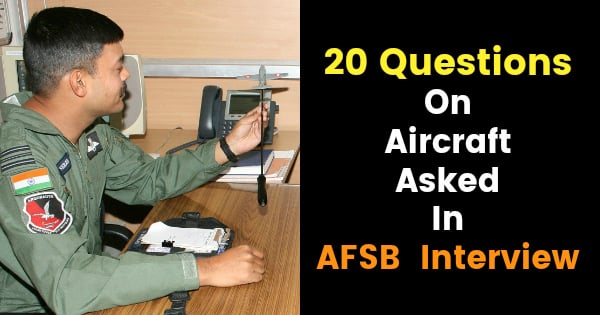From Sunday until Wednesday, the Indian Air Force (IAF) will convene its biennial commanders’ meet at Vayu Bhavan in the national capital. This closed-door meeting aims to address a broad range of strategic, operational, and tactical issues that the force currently faces, alongside pivotal discussions on human resources, training specifics, and logistical requirements.
A significant highlight of the agenda will be the insights gained from ‘Exercise Gagan Shakti,’ conducted from April 1 to 10. This exercise marked a historic milestone for the IAF, being the largest of its kind to date, designed to test war-fighting tactics and techniques in a cooperative framework with the Indian Army and Navy. During the exercise, IAF fighter jets and helicopters were deployed from various locations across the country to simulate engagements with ‘pseudo targets’ at Pokhran. Approximately 10,000 airmen participated, with many being relocated by the Army to facilitate the operation.
The joint exercise’s relevance is underscored by the ongoing military reform initiatives aimed at promoting ‘theaterization,’ ‘integration,’ and ‘jointness’ among the Indian Armed Forces. This shift from traditional silo operations embodies a strategic evolution deemed “historic” by experts. Particularly noteworthy is that ‘Gagan Shakti’ framed military strategies around a potential two-front war, involving logistical considerations pertinent to both the western front against Pakistan and the northern front facing China.
The IAF is still grappling with a significant shortfall in its fleet, currently operating 31 squadrons—approximately 200 aircraft fewer than the desired 42-squadron standard essential for engaging in a two-front conflict. This challenge is compounded by the slow production rates of the indigenous Tejas Light Combat Aircraft and extended timelines for foreign procurements. Reports suggest that the IAF may consider revising its 42-squadron benchmark due to these concerns, with military officials asserting that the existing number may be insufficient for the anticipated confrontations.
The current lineup of IAF’s fighter aircraft includes 12 squadrons of Sukhoi-30s, six squadrons of Jaguars, along with three squadrons each of Mirage 2000s, MiG 29s, and MiG 21s, in addition to two squadrons each of Rafales and Tejas aircraft. Overall, the IAF’s fleet comprises fewer than 1,700 aircraft, which includes fighters, transport planes, trainers, special mission aircraft, tankers, and helicopters. The IAF is supported by roughly 150,000 active personnel, tasked with overseeing airspace that spans over 40 million cubic kilometers.
The IAF operates through seven distinct commands located across the country, namely: Western Command (Delhi), Central Air Command (Prayagraj), South Western Air Command (Gandhinagar), Southern Command (Thiruvananthapuram), Eastern Command (Shillong), Training Command (Bengaluru), and Maintenance Command (Nagpur). The upcoming meeting will serve as a crucial platform for addressing these pivotal topics and strategizing on future operational readiness amidst pressing challenges.

